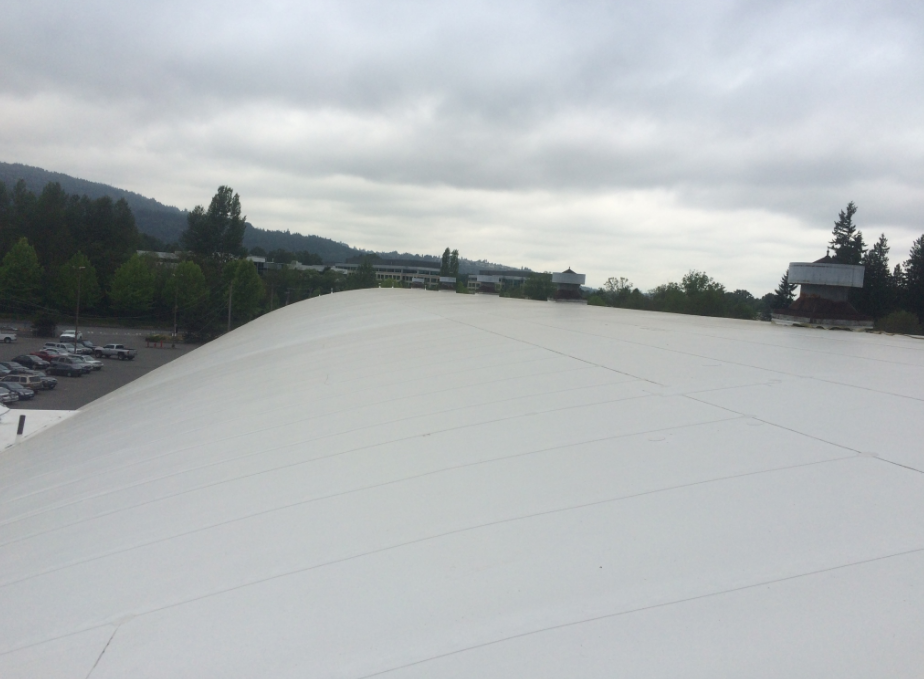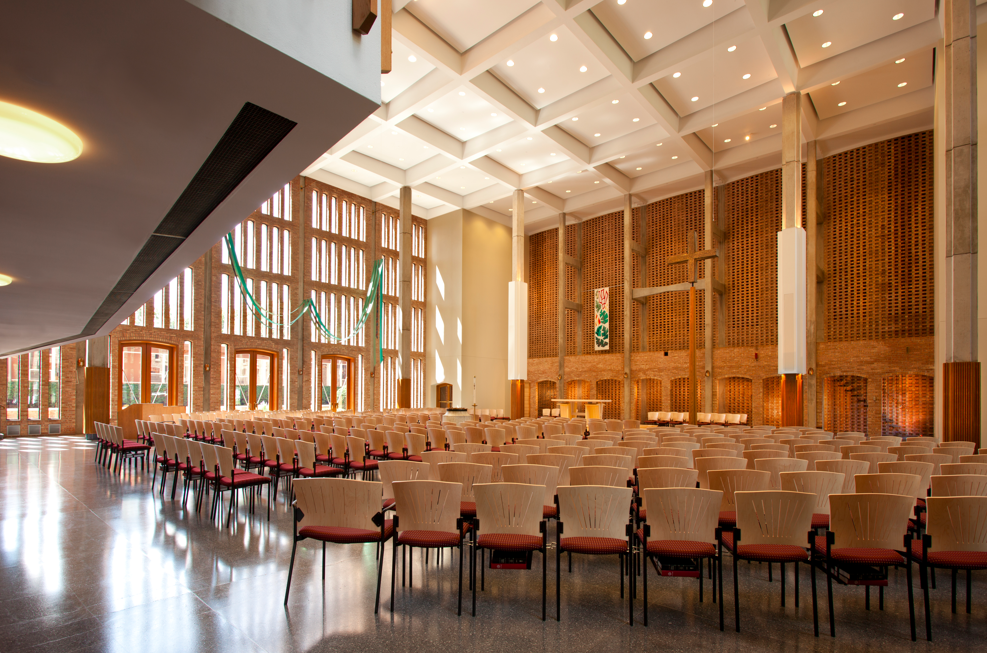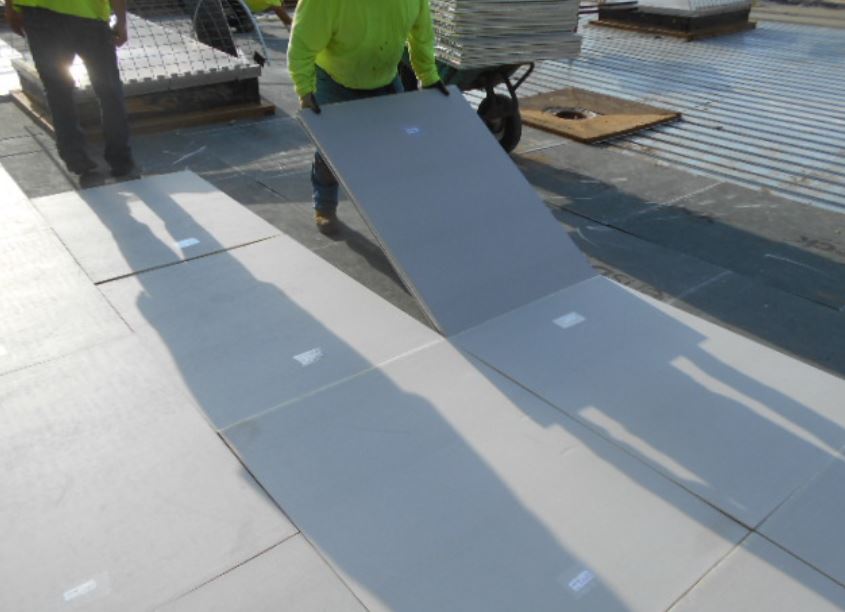“Roof Awareness” has come a long way during the years. It used to be that people only thought about their roofs when something went wrong. Building owners then started realizing that making smart choices about the roof could save money on energy costs. Roofs are now seen as essential platforms for cities to meet energy-efficiency and renewable-energy goals, to improve the health and quality of residents’ lives, and to achieve social equity. A new effort to better quantify those benefits and costs shows cities with good roof awareness are reaping millions in economic benefits.
![TABLE 1: Summary of cost-benefit analysis results (NOTE: There is no internal rate of return, simply payback, or benefit-to-cost ratio for rooftop PV because we all rooftop PV systems are financed with a PPA [so there is no upfront cost to DGS]).](/wp-content/uploads/2015/09/Roofing-Sept.-Oct.-Environmental-Trends-table-1-photo1-300x53.png)
TABLE 1: Summary of cost-benefit analysis results (NOTE: There is no internal rate of return, simply payback, or benefit-to-cost ratio for rooftop PV because we all rooftop PV systems are financed with a PPA [so there is no upfront cost to DGS]).
A recently released report—the “Affordable Housing Smart Roof Report”—from Washington, D.C.-based Capital E, a firm dedicated to accelerating the transition to a low-carbon economy, now allows city officials and owners of affordable housing developments to see and calculate the full lifetime costs and benefits of roof decisions. “This is the first model that helps the user puta dollar value on the various benefits of sustainable roofing options. We see this as a great tool for contractors looking to quantify the full benefits of sustainable roofing for their potential clients. It will also help city officials to enact policies that recognize the value of smarter roofing that may not be directly visible on the building owner’s books,” says Keith Glassbrook, a Capital E senior analyst and one of the lead developers of the new model.

TABLE 2: Present value summary of costs and benefits for the three technologies on all low-slope DGS roofs (NOTE: All PV is financed with a PPA so there is no upfront cost to DGS; results may not sum due to rounding).
Building the Tool
Rather than reinventing the wheel, Capital E identified existing tools, models and methods from the huge base of existing science for each item in its cost-benefit analysis. The model integrates these individual, detailed components into a form that is accessible and easy to use for non-scientists and that provides straightforward results in dollars per square foot.
The model is an extension of an analysis undertaken for the Washington, D.C., Department of General Services (DGS) as part of its Smart Roofs Initiative. The initiative is designed to help Washington achieve its aspirations to become the greenest, healthiest, most equitable city in the U.S. by using the roofs of city-owned buildings more thoughtfully. DGS owns and controls more than 400 buildings in Washington, including office buildings, schools and hospitals. The city is using this portfolio (28 million square feet of buildings with approximately $62 million in annual energy expenditures) to drive deep improvements in energy efficiency and achieve other objectives.
Like a growing number of cities, Washington, D.C., is committed to using its roofs to deploy photovoltaic panels to generate electricity, cool roofs to reflect sunlight and reduce unwanted heat gain in summer, and green roofs to cut stormwater runoff that results in water pollution and requires construction of expensive water-treatment plants and other grey infrastructure. Tommy Wells, a former councilmember and current director of the District Department of the Environment, summarized the reasons in the Smart Roof cost-benefit report’s press release: “Past research shows that ‘smart’ roof strategies that reduce extreme temperatures in buildings can literally save lives. This new report provides additional justification for cool, green, and solar roofing solutions by showing that they also make compelling financial sense as we work to make D.C. a healthier and more sustainable city.”
Washington has been among the most advanced cities in the nation in deploying sustainable roof technologies. But because there was no established methodology for quantifying the full cost and benefits—including health benefits—for any of these technologies, Washington to date had not been able to quantify the full costs and benefits of these roof choices or compare the merits of each to make informed decisions about which technologies to deploy and at what scale. The analysis undertaken by Capital E to remedy this issue concluded that DGS’ Smart Roofs program can deliver between $47 and $335 million in benefits to the city over 40 years, depending on the roof technology chosen.
More Analysis
A parallel analysis was funded by the New York-based JPB Foundation, which seeks to enhance the quality of life in the U.S. by creating opportunities for those in poverty, promoting pioneering medical research, and enriching and sustaining the environment. JPB Foundation launched its analysis based on the success of this initial analysis by DGS. This time, the model was adapted to evaluate actual affordable-housing buildings in Baltimore; Los Angeles; Philadelphia; and Washington, D.C. The sample buildings, which were part of the National Housing Trust, Washington, or Columbia, Md.-based Enterprise Community Partners Inc.’s portfolios, included steep- and low-slope roofs, high- and low-rise structures, as well as some attached row houses. The project team for this study included the National Housing Trust; Washington-based American Institute of Architects; Washington-based Global Cool Cities Alliance; Enterprise Community Partners; and U.S. Green Building Council, Washington. In each city and building type evaluated, the model found sustainable roofs would generate more benefits than they cost (first cost and maintenance) and would, in some cases, have an immediate payback.
The results were variable by building and city but they confirmed that sustainable roofing was the superior economic choice compared to traditional dark roofs in the cities studied.
The JPB Foundation analysis shows there is no one-size-fits-all solution to maximize value with sustainable roofing. For example, green roofs made the most sense in Washington, D.C., because of the city’s stormwater rules. On the building in Baltimore, cool roofs were the best choice. The results were variable by building and city but they confirmed that sustainable roofing was the superior economic choice compared to traditional dark roofs in the cities studied.
A second phase is currently underway by JPB Foundation to extend the model to large areas of cities to capture the impact of sustainable roofs at a community scale, as well as other technologies, such as reflective pavements, and to better quantify some of the social benefits of cooler, more enjoyable surroundings.

![TABLE 1: Summary of cost-benefit analysis results (NOTE: There is no internal rate of return, simply payback, or benefit-to-cost ratio for rooftop PV because we all rooftop PV systems are financed with a PPA [so there is no upfront cost to DGS]).](https://roofingmagazine.com/wp-content/uploads/2015/09/Roofing-Sept.-Oct.-Environmental-Trends-table-1-photo.png)




Be the first to comment on "A New Report Finds Sustainable Roofs Deliver Millions in Benefits to ‘Roof Aware’ Cities"